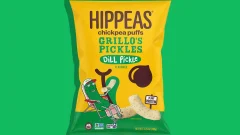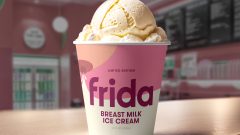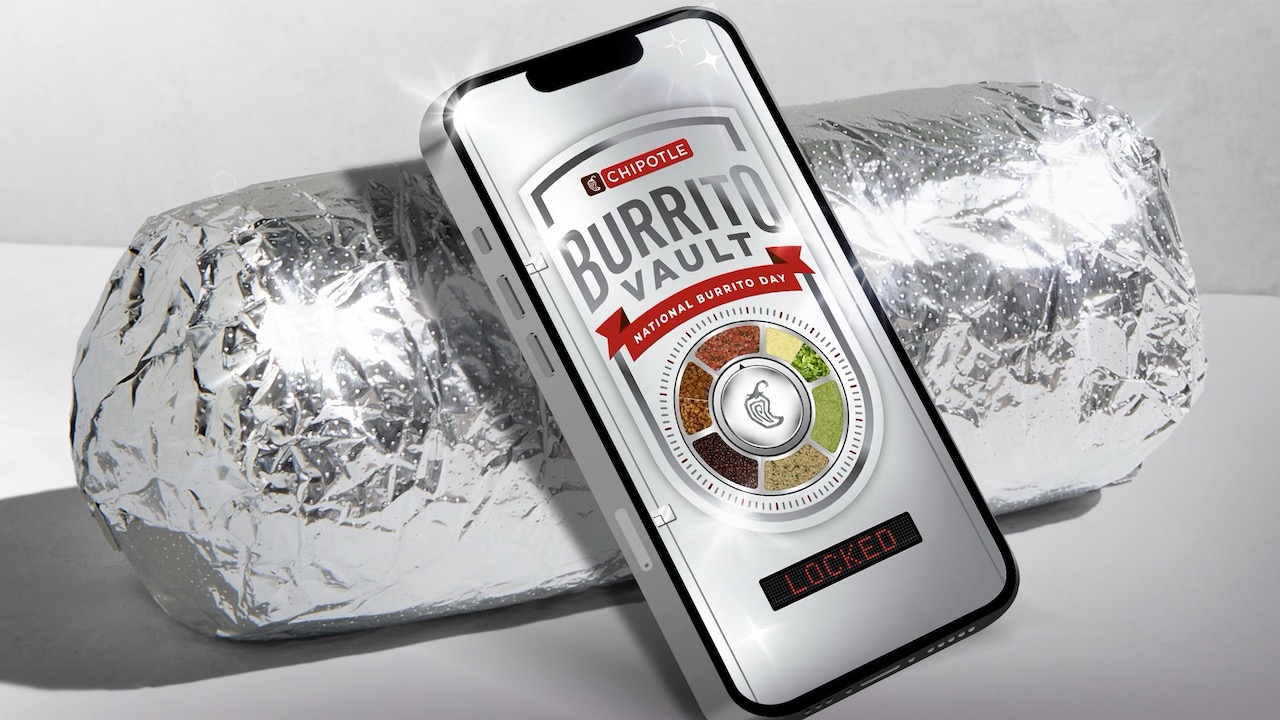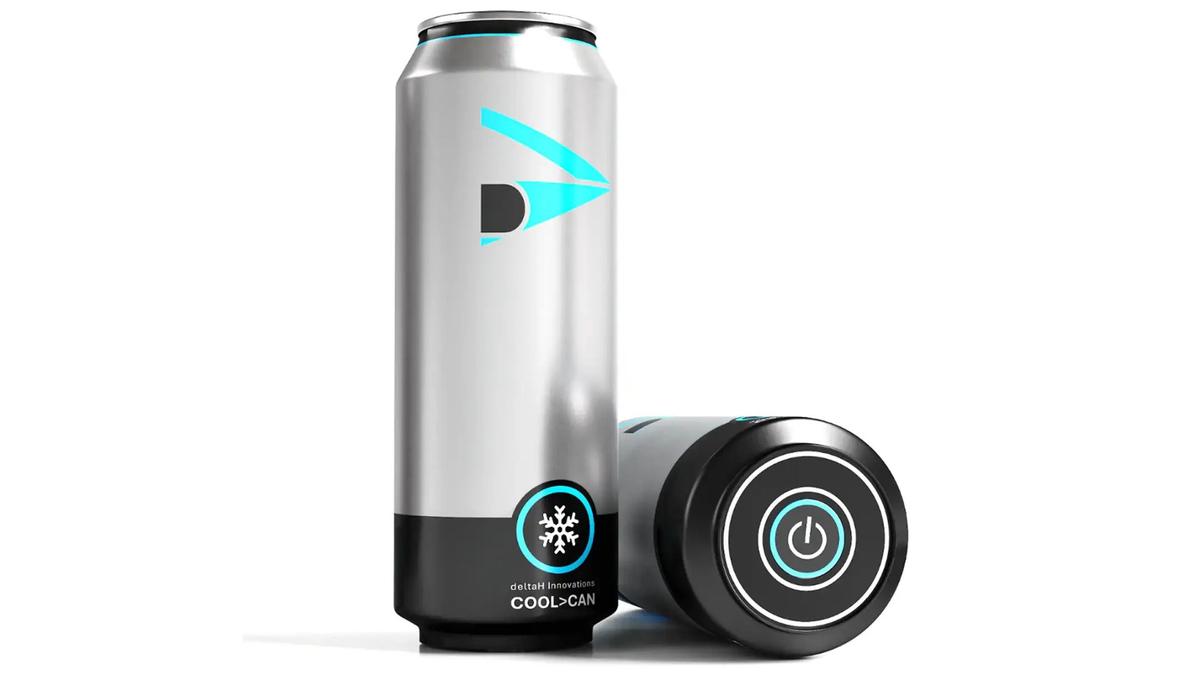Scientists Turn Plastic Waste Into Vanilla Flavoring
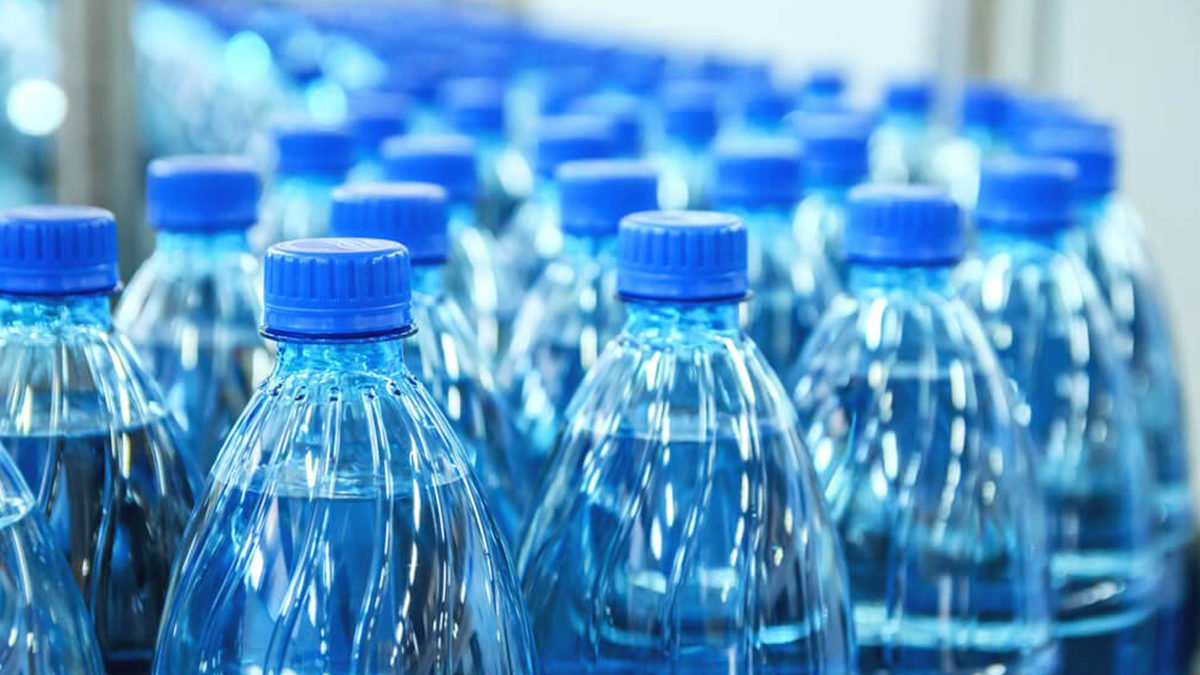
Plastic plays a considerable role in our everyday lives. From the beverages we drink, to our packaged foods, plastic is used in every way imaginable. The upside is simple, it makes life easier. The downside is that its pervasiveness also has a tendency to impact our environment negatively.
Plastic waste pollutes from pavements to the Pacific. Humankind is often impulsive with innovation. In other words, things are created faster than ways to manage them. A fun fact is that there’s been more plastic manufactured within the first 10 years of this century than the whole of our previous one. Now we produce and throw away over 380 million tons of plastic each year.
That sounds bleak. But it’s not all plastic doom and gloom. There have been and will continue to be countless approaches to reducing plastic waste. Popular approaches include community clean ups, recycling of used-products, reusing products and “upcycling”. These are simple methods everyone can make a part of their daily habits. Yet while those methods tend to imply a necessary mindset shift, science has found another approach altogether.
Scientists from the University of Edinburgh have discovered a way to upcycle plastic waste into vanilla flavoring. This is not a joke. Vanillin is a popular chemical used in the food industry and is often referred to as “imitation vanilla”. In 2018, global demand for the chemical exceeded 37,000 tons. That’s more than the demand for natural vanilla beans. One huge red flag is that 85% of vanillin is synthesized from fossil fuel chemicals. So clearly it isn’t the most eco-friendly of flavors.

The research was published in the scientific journal Green Chemistry and uses engineered E. coli bacteria to convert TA (terephthalic acid) to vanillin. Terephthalic acid and vanillin’s chemical compositions are very comparable and the engineered bacteria only needs to make a few changes to the hydrogens and oxygens that are bonded to the same carbon foundation.
Creating the same conditions for brewing beer, scientists heated a microbial broth to 98.6 fahrenheit for 24 hours. This effectively converted 79% of the TA to vanillin. According to Joanna Sadler, of University of Edinburgh, “This is the first use of a biological system to upcycle plastic waste into a valuable industry chemical and it has very exciting implications for the circular economy.”
It will be exciting to watch how this develops. Who knows, in the future maybe ice cream, yogurt, pastries and many more will be produced from plastic waste. The next steps for the University of Edinburgh research group is to continue modifying the bacteria to improve conversion. My hope is that efforts such as these will inspire more intelligent approaches to global issues.














